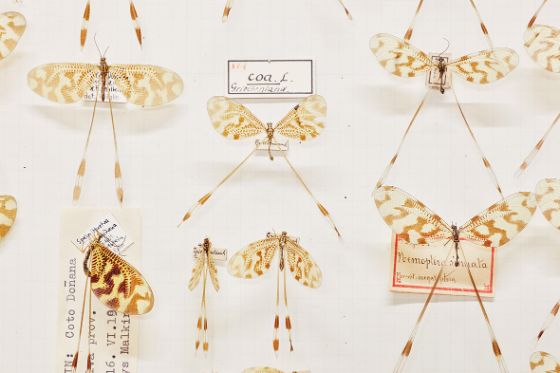The Amor Project
In collaboration with FHNW (University of Applied Sciences and Arts Northwestern Switzerland), we developed the AMOR robot for microfossil imaging using binocular microscopy. AMOR stands for Automated Measurement system for shell mORphology. Unique in the world, this device simplifies the measurement of shells from minute protozoans and facilitates our attempt to trace evolution in the case of planktonic foraminifera.
At the Natural History Museum Basel, microfossils are part of the evolutionary research agenda. A large portion of the study material comes from deep-sea cores collected during expeditions of the International Ocean Discovery Program. Our aim is to measure changes in the form and size of shells that were laid down millions of years ago at various locations on the planet. Using the example of planktonic foraminifera, a special group of calcareous shell forming unicellular plankton, we hope to find out how new species arose.
At the Natural History Museum Basel such microscopic shells are imaged in large numbers using a video camera mounted on a motorized binocular microscope. Digital image processing and automated measurement of shell parameters by special customized software allows us to record changes of shell shape and size over millions of years. AMOR's motorised swivel table automatically places the minuscule objects under the binocular microscope so that they are ideally positioned, the whole process being completely computer-controlled. We are pursuing the possibility of a second robot for even faster processing of the thousands of shells, whereby machine learning technology will eventually facilitate the recognition and classification of the microfossils.
